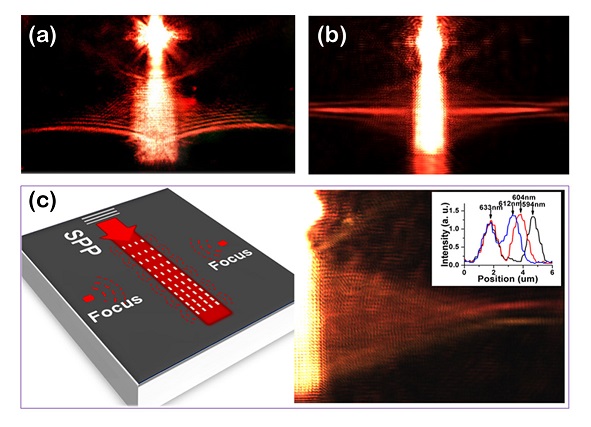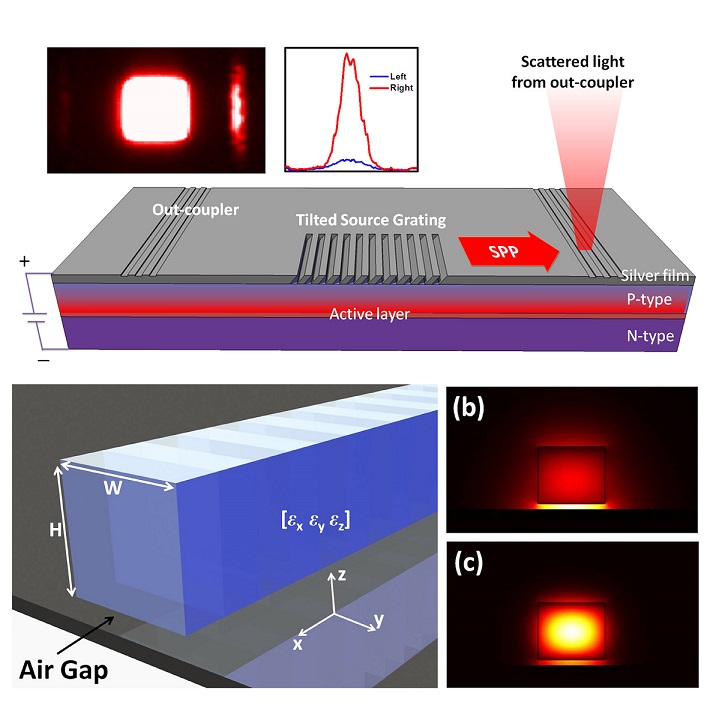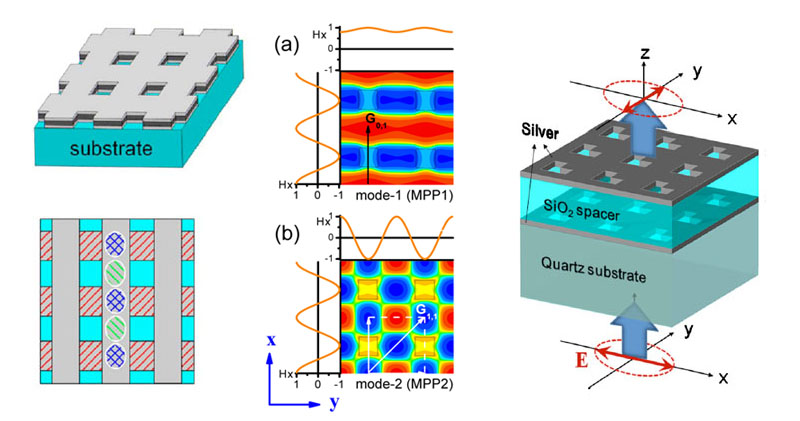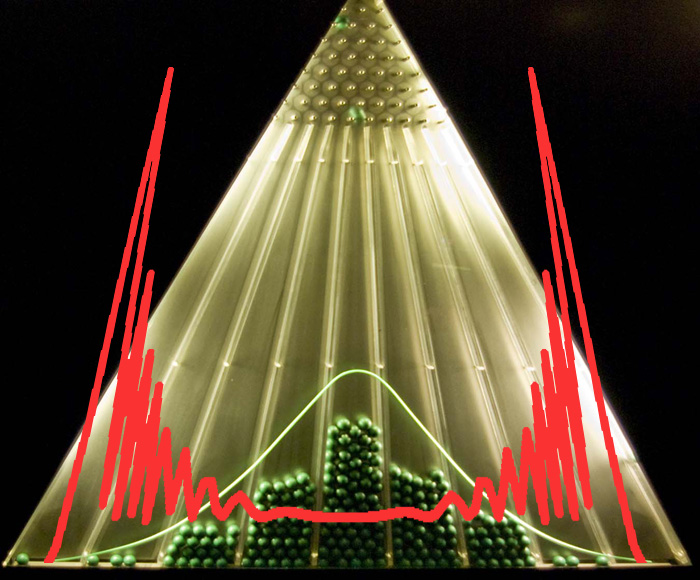Our research is dedicated to exploit new optical phenomena and the underlying physics in micro/nanoscale from viewpoints of classical and quantum, where the surface plasmon is mainly concerned due to the strong field confinement and enhancement. To keep pace with the ever increasing information processing, our another task is to develop new type of ultra-compact plasmonic devices towards the on-chip nanophotonic integrations.
SPP Manipultaions
SPP as a bounded wave on metal surface,
inherits many light beam characteristics on one hand, on the other hand, it
also reveals new features according to two dimension confinement and its
vectorial field configurations in nano-structures. Manipulating the SPP wave by
tuning its phase, amplitude, and even polarization is our major goal, where new
exciting optical phenomena are always expected. For examples, the
non-diffracting beams, optical spin Haller effect, optical Rashba effect, and
so on.?Specifically, our research mainly focuses on the following
1) SPP beam engineering and in-plane holography.
2) Conversion between SPP and far field radiation.

Active Integration & SPP devices
One of the ultimate goals of the SPP
research is to achieve the nanophotonic integration. Compact sources,
modulators, and detectors are the main components. Our research aims to fulfill
some kinds of the plasmonic integrated nanophotonic devices with alliance of
nonlinear and active materials or devices.
1) Nonlinear SPP integration with nonlinear medium.
2) Active SPP integration base on electrically pumped LED.
3) SPP devices including multiplexers, switches, logic gates, etc.

Active Integration & SPP devices
One of the ultimate goals of the SPP
research is to achieve the nanophotonic integration. Compact sources,
modulators, and detectors are the main components. Our research aims to fulfill
some kinds of the plasmonic integrated nanophotonic devices with alliance of
nonlinear and active materials or devices.
1) Nonlinear SPP integration with nonlinear medium.
2) Active SPP integration base on electrically pumped LED.
3) SPP devices including multiplexers, switches, logic gates, etc.

Quantum Plasmonics
Quantum information processing is
promising field in the new generation information technology. To extend the
plasmonic device to quantum region is an important direction in our research.
Beyond the apparent goal for information process, optical simulation by
plasmonics waveguides to mimic the processes in condensed matter physics,?
cosmic physics would be exciting and useful. It is also what we concerned.
1) Quantum integration with entangled SPP.
2) Plasmonic quantum simulation and quantum walk.




